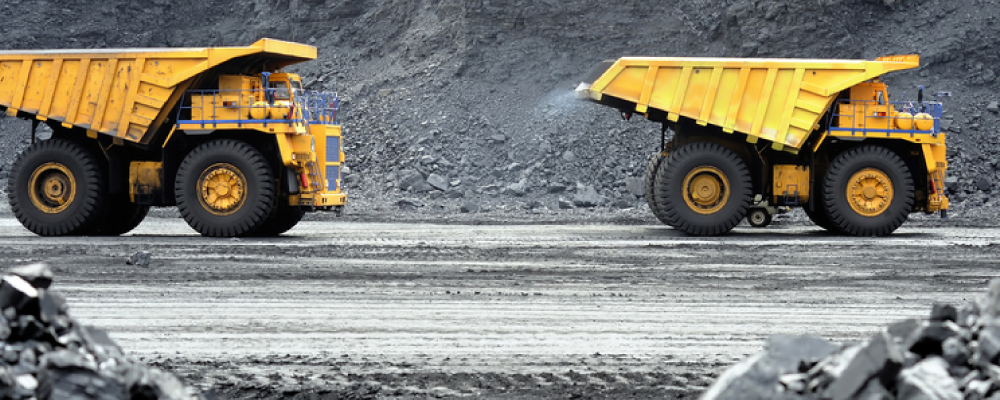Drop off your CV
We'd love to hear from you. Send us your CV and one of our specialist consultants will be in touch.

With International Women’s Day approaching later this week (8th March); we’ve taken a look back at 2017 and reviewed how the mining industry has changed since we published our blog “Women In Mining - How Promoting Diversity Will Boost Your Bottom Line”
Our Women in Mining blog touched on the issue of lack of female participation within the mining industry, why a lack of female participation is a problem and possible solutions that have been set up to combat the issue.
In our previous blog, we spoke of the emergence of scholarships to fund STEM subjects. Throughout 2017 the number of scholarships available to STEM subjects has increased considerably; De Beers Canada for example has launched 4 new scholarships for STEM subjects. In addition to this, De Beers’ has committed to providing $639,000 to STEM scholarships for female students through to 2020, with another 16 scholarships at the University of Waterloo.
Along the same lines, to ensure more women have the skills necessary to progress within the mining industry, the Maaden Mining Co recently announced plans for a new women’s training programme to develop the mining skills of Saudi women.
Both of these advancements are positive steps to encouraging increased female participation in mining and reducing the industry’s gender gap.
Throughout 2017 the industry has not only encouraged women to gain the skills required to go into the mining industry, but also BHP Billiton Ltd, one of the world’s largest mining companies, has started to actively recruit female talent to reduce gender gap by increasing the number of women it employs. A staggering 1,800 women have already been recruited to BHP Billiton Ltd as they strive to achieve their target of a 50% female workforce by 2025.
Building on this, in February of this year (2018) Elizabeth Gaines broke through the glass ceiling within the mining industry as she commenced as CEO of Fortescue. It is great to see that more women are operating at board level as the percentage of women at board level within the industry is still low at 7%. However, despite the very positive nature of the appointment it is slightly soured by a lower basic salary and remuneration than her male predecessor; unfortunately this is not abnormal for women currently in the workplace.
Looking back on the changes that have happened in the industry since writing our Women in Mining blog, many of the upcoming initiatives we outlined have come to fruition. It is promising to see that more scholarships are being offered to provide women with the necessary skills to be successful in the mining industry and also more jobs are becoming available for women to fill; the gender gap is beginning to reduce. With this said, it is disappointing to see that the disparity in regards to wages still appears to exist; the recent appointment of Fortescue’s CEO being a perfect example of a bitter sweet change in the industry.
The activity in 2017 is definitely a step in the right direction for resolving the lack of women in mining, but this is far from a complete solution. Much more must be done in order to ensure complete gender diversity and as always we will be keeping a close eye on how this evolves throughout the year.
At CSG, we work with leading mining companies providing female-focussed hiring strategies. With a dedicated team of specialist recruiters working globally, we have access to an unparalleled diverse network of candidates and work closely with the Gender Balance Group in Sydney, Australia, helping mining companies worldwide achieve the diversity they require. Examples of our recent placements include a CFO with a Junior Potash Miner and a H&S Manager with a Tier-1 Multi-Commodity Miner.
If you’re looking for more diversity in your current workforce, or if you’d simply like to hear more about how the hiring market is shaping up, please don’t hesitate to get in touch at clients@csgtalent.com or 0333 323 2000.